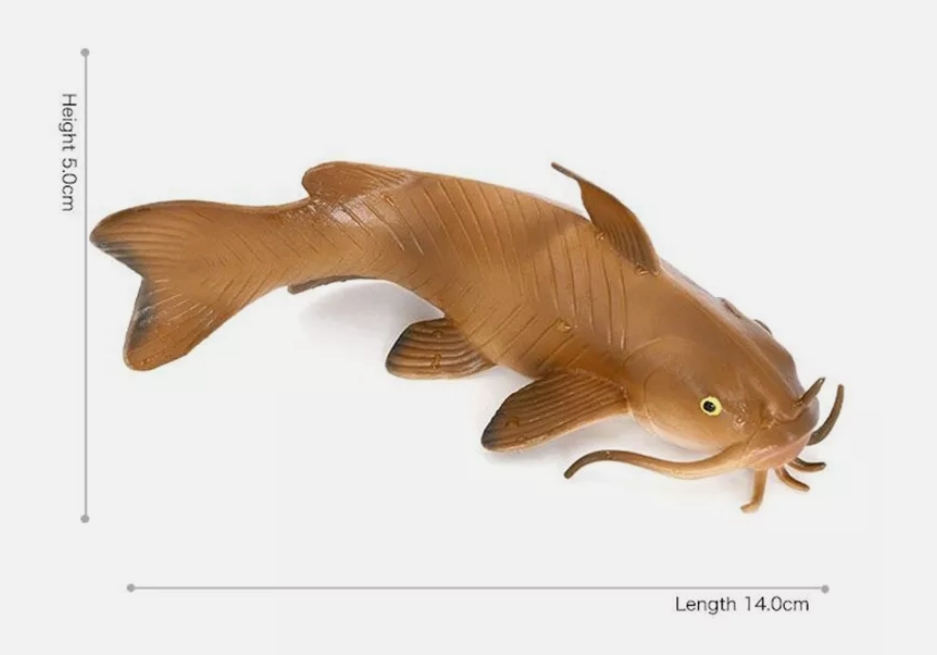The six-barked catfish model is a tool to accurately reproduce the appearance and anatomy of the six-barked catfish (Pangasius), widely used in scientific research, educational displays, and natural history collections. These models not only demonstrate the unique characteristics of the six-barked catfish, but also help us gain insight into the biology and ecology of this fish.
The first step in making a model of a six-barrelled catfish is to obtain detailed anatomical data of the catfish. Scientists and designers use physical anatomy, CT scans or three-dimensional imaging techniques to document the bone, muscle and scale structure of catfish. These data provide a scientific basis for the production of the model to ensure that the model can accurately reflect the biological characteristics of the catfish.
Next, the designers used computer-aided design (CAD) software to create a three-dimensional model of the six-barked catfish. The design phase includes detailed modeling of the catfish's bones, muscles, and scales. The model of the six-barked catfish also requires special attention to its unique beard structure and scale texture, features that are crucial to the authenticity of the model. High quality plastic or resin materials are often used to ensure the stability and durability of the model, while also displaying the natural color and texture of the catfish through fine painting.
The six-barrelled catfish model helps researchers to understand the anatomy, motor mechanism and ecological role of catfish, which is of great value in aquatic ecology and biomedical research.
In museums and educational institutions, six-barbeaded catfish models are used to teach biology and ichthyology, to show students and the public the biological characteristics and ecological habits of catfish, and to increase understanding of aquatic life.
As a natural history collection, the six-barked catfish model showcases the unique charm of the catfish and appeals to both natural histor




